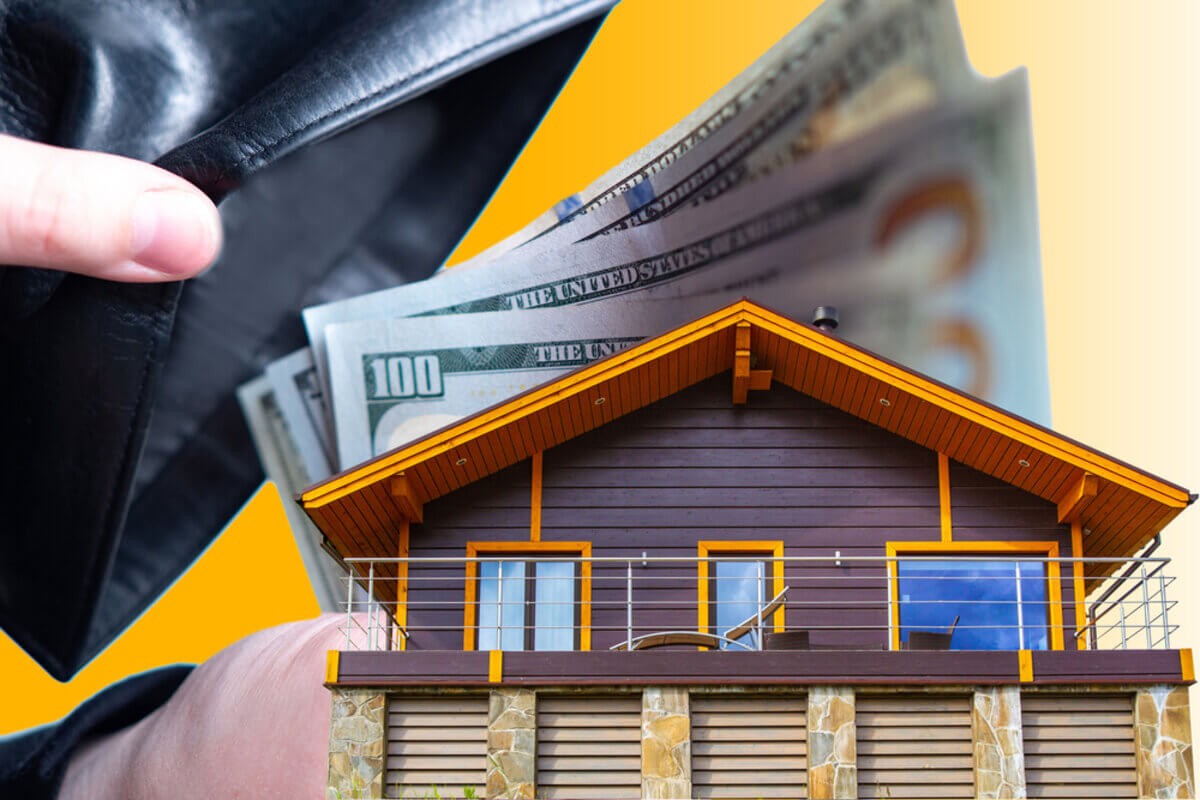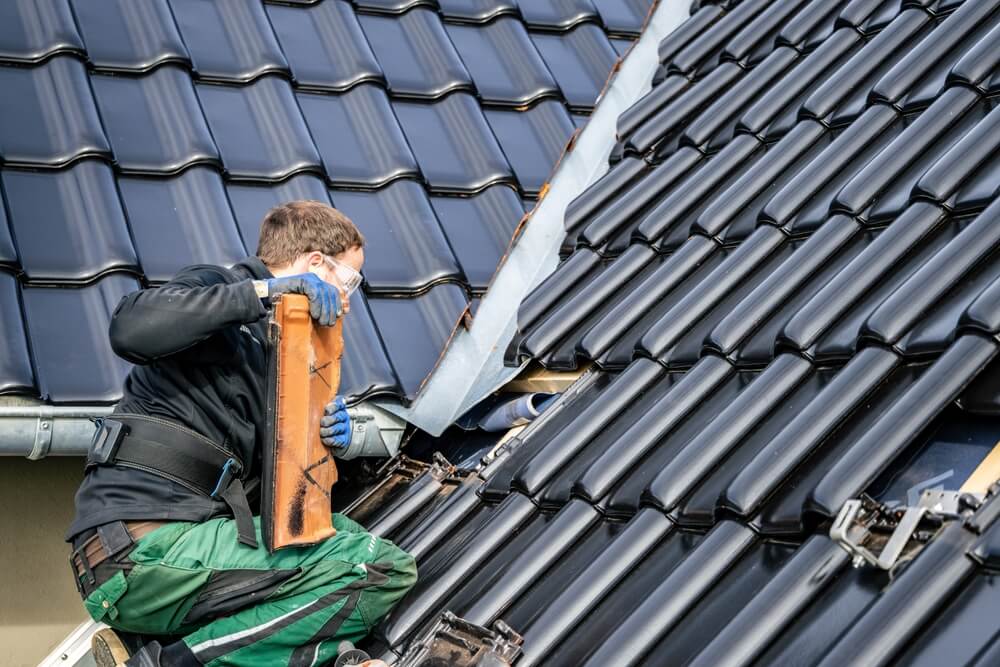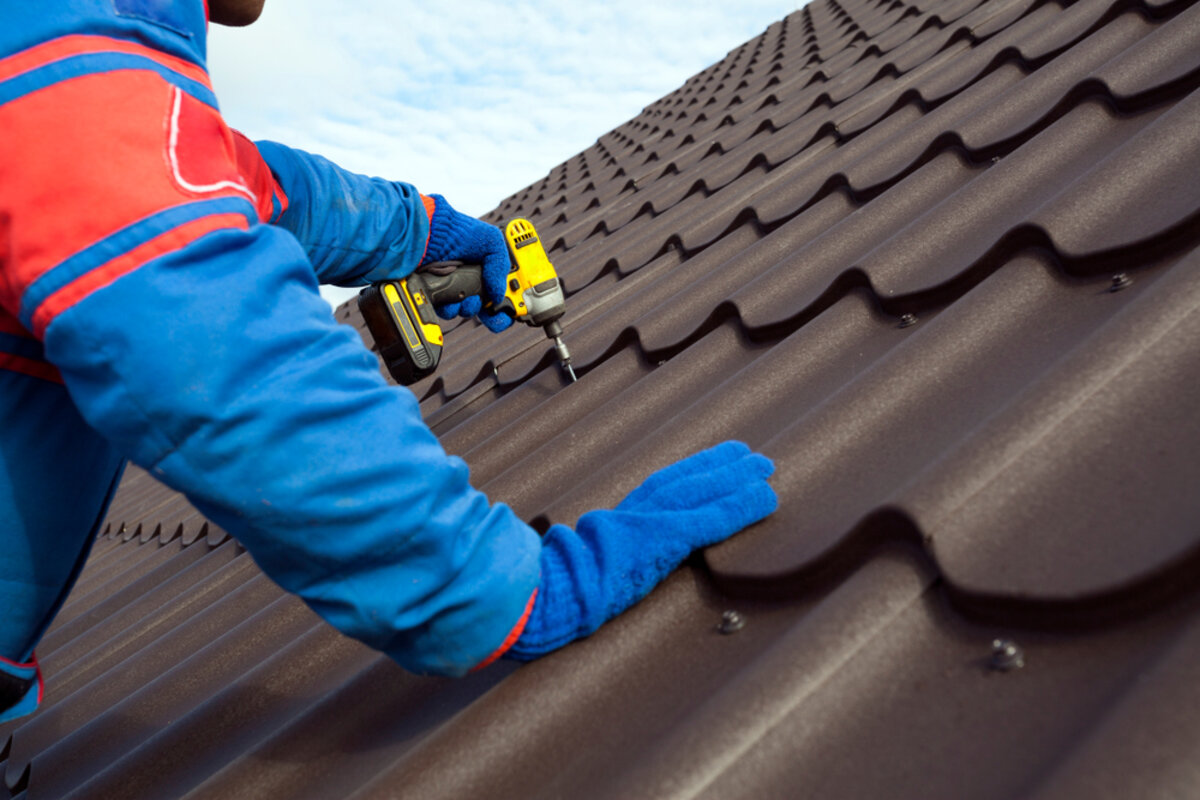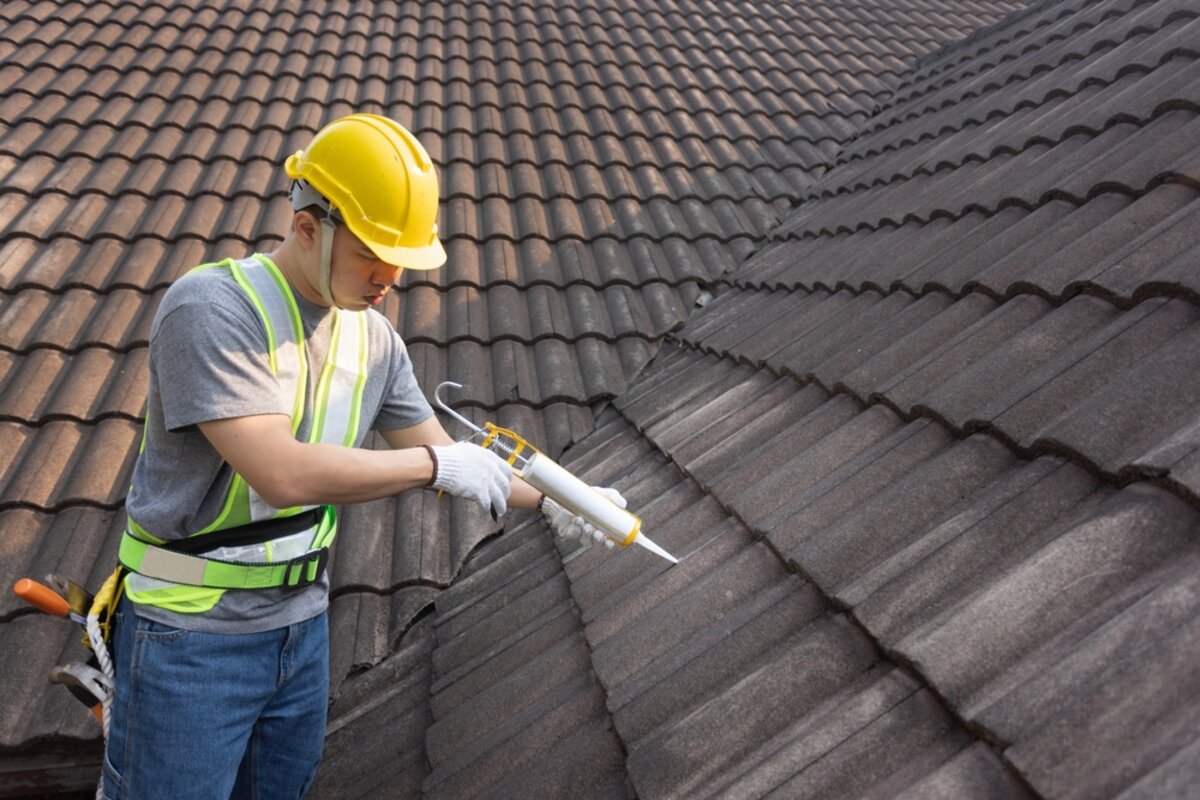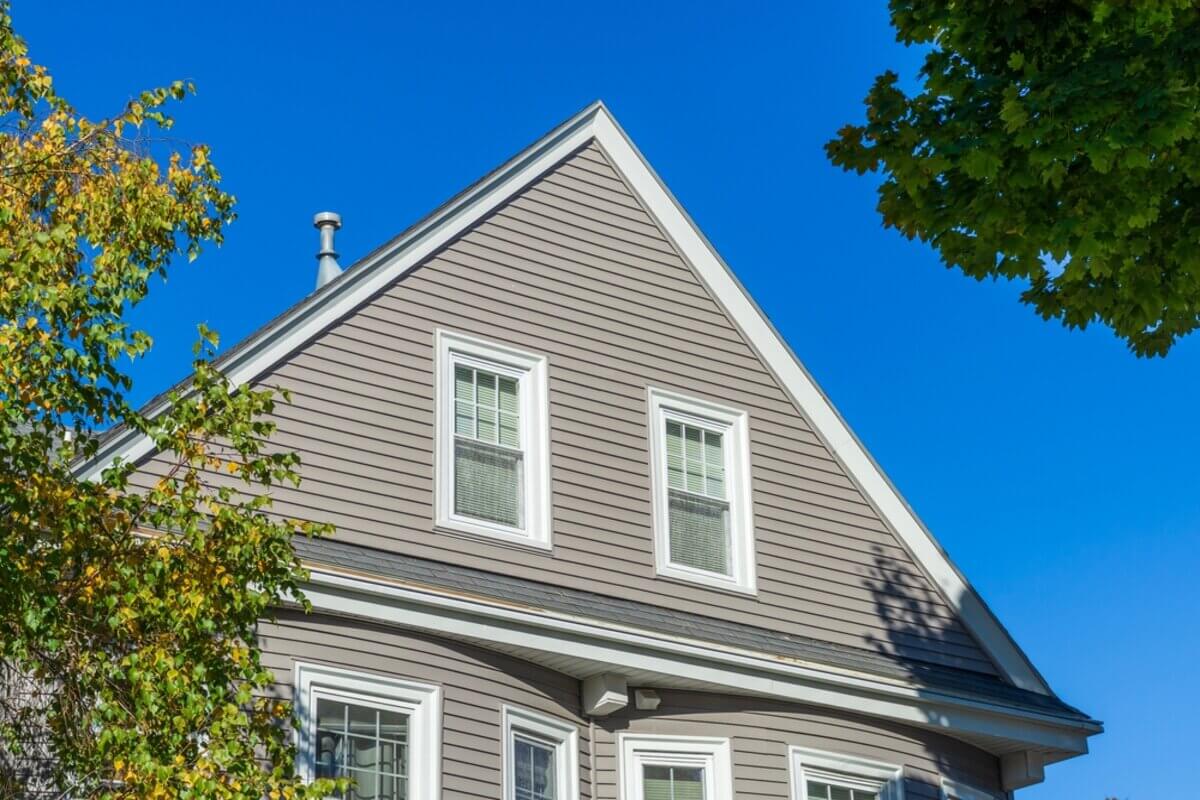A well-installed roof is the first line of defense for a home, shielding it from natural elements and ensuring a comfortable living environment. However, a flawed roof installation can introduce an avalanche of problems. While the initial costs of roof installation failure are evident, many hidden expenses surface over time. This article brings to light the myriad financial repercussions and stresses the importance of getting the installation right the first time.
Direct Expenses
Rectifying Installation Mistakes
Upon detecting signs of an inadequately installed roof, immediate intervention is required. Fixing gaps, addressing misaligned shingles, or correcting poor flashing can lead to expenses that might equal or even exceed the original installation charges.
Shortened Roof Lifespan
Roofs designed to last two decades or more might need replacement within a handful of years if not properly installed. The premature aging and wearing out of roofing materials could significantly inflate your overall housing maintenance costs.
Indirect Consequences
Escalating Energy Bills
An improperly installed roof can hamper a home’s insulation, leading to increased energy consumption. Gaps or breaches in the roofing structure can allow heat to escape during winters and let external heat permeate in summers, causing HVAC systems to work overtime and subsequently raising energy bills.
Structural and Aesthetic Damage
Water intrusion, a common issue resulting from a poorly installed roof, can cause damage to the walls, ceilings, and home foundations. Beyond structural issues, water stains, mold growth, and decaying materials can degrade the aesthetic appeal of a home, demanding further investment in interior repairs and renovations.
Health Risks and Related Costs
Mold and mildew, a consequence of water intrusion, can have dire health implications for inhabitants. Respiratory issues, allergies, and other related health problems might necessitate medical interventions, introducing unexpected medical bills.
Intangible Costs of Roof Installation Failure
Diminished Property Value
Prospective buyers or real estate evaluators will be quick to identify signs of roof problems. A flawed roof not only reduces the market value of a property but can also deter potential buyers, extending the time a property might remain on the market.
Stress and Disruption
Beyond financial considerations, the need for repeated repairs and the consequent disruption can introduce undue stress. Arranging alternative accommodations during major repairs, dealing with the mess and noise of construction, and living under a roof with persistent issues can significantly diminish the quality of life.
Mitigating the Financial Impact of Flawed Installations
Invest in Quality from the Start
Allocating a reasonable budget for roofing and prioritizing skilled craftsmanship can avert many future expenses. Always vet your roofing contractors, check reviews, and ask for references to ensure you’re hiring a reliable professional.
Regular Maintenance Checks
Proactive inspections can detect issues in their early stages. By addressing minor problems promptly, homeowners can prevent them from escalating into major, more costly repairs.
Homeowner’s Insurance
While not all insurance policies will cover the aftermath of a botched installation, some might assist with related damages. Familiarizing yourself with your policy and understanding the extent of its coverage can provide a financial safety net.
Become Familiar with the Costs of Roof Installation Failure
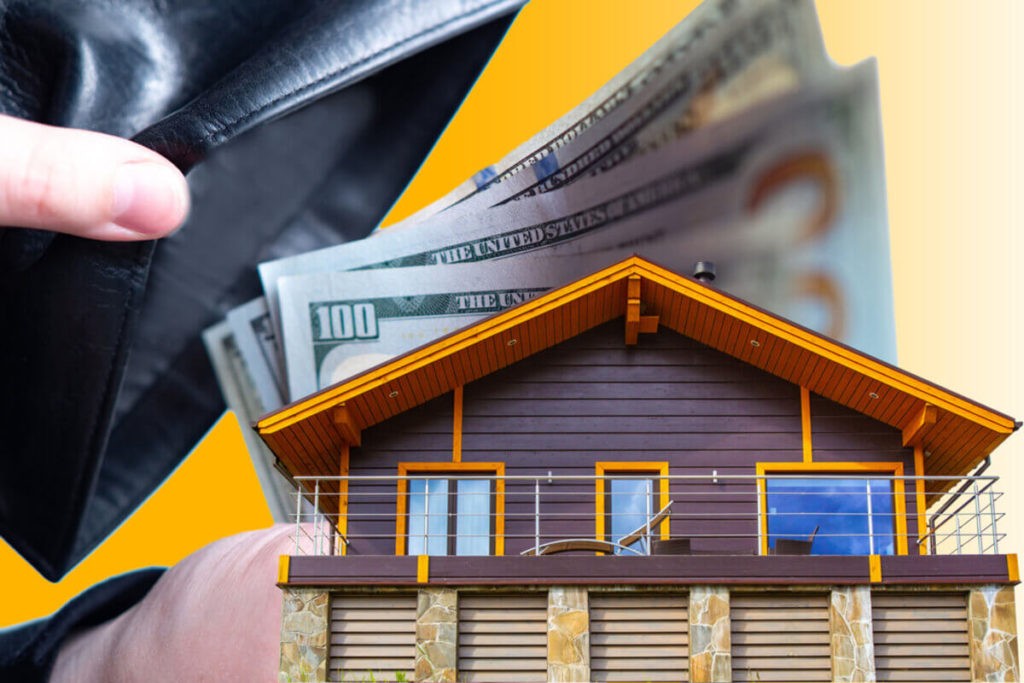
While a flawed roof installation presents an array of financial implications, being informed is half the battle. By understanding the potential costs, homeowners can make informed decisions, prioritize quality installations, and safeguard their investments against the pitfalls of poor craftsmanship. Contact Perfect Exteriors today to learn more about the costs of roof installation failure.

